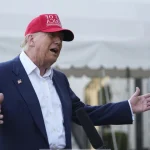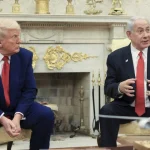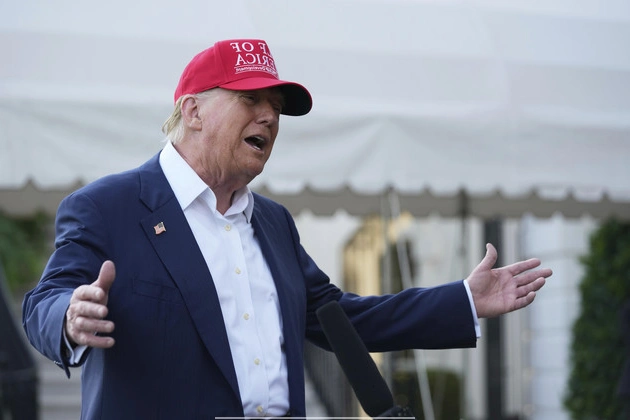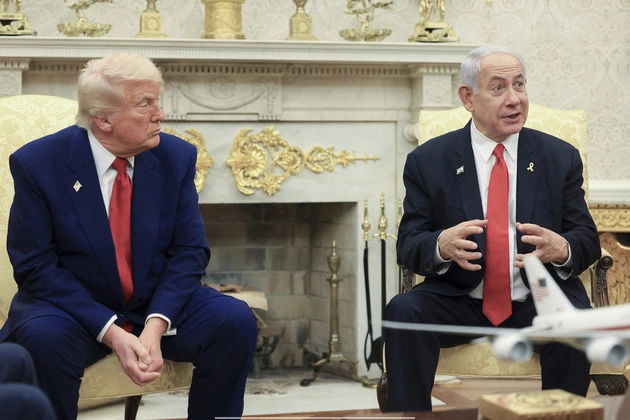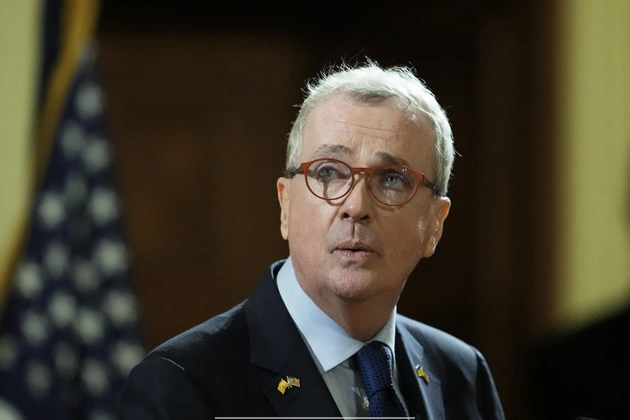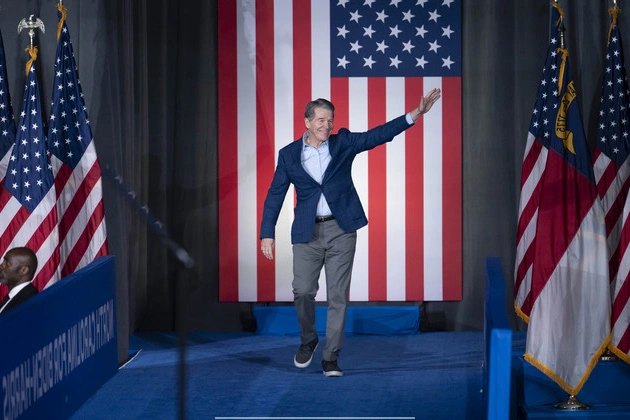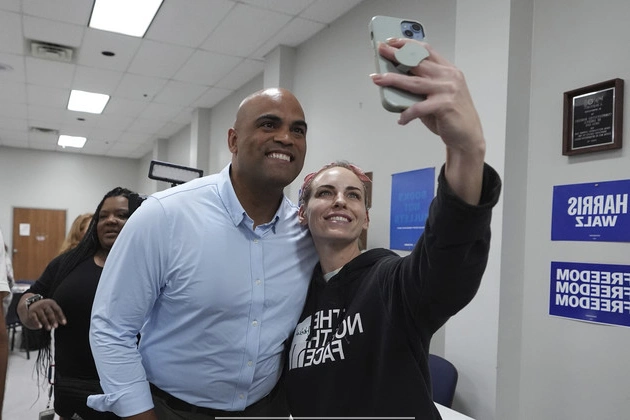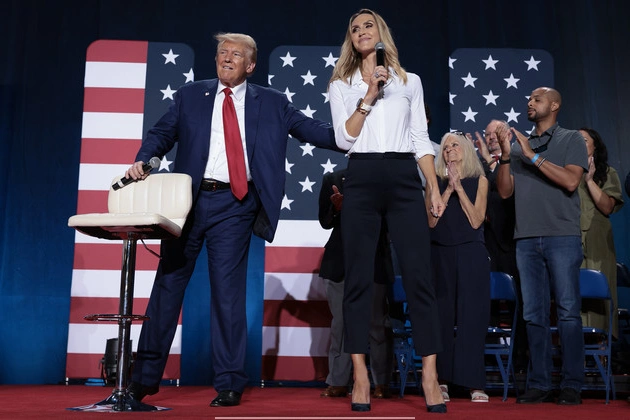
President Trump’s Direct Negotiation Demands
President Donald Trump anticipates resolving tariff issues with China in the next few weeks through direct talks, a prospect that seems increasingly remote.
Trump’s insistence on one-on-one discussions with Chinese President Xi Jinping has hindered other diplomatic channels to mitigate the escalating trade conflict between the two nations.
The Impasse and Diplomatic Consequences
Trump’s refusal to authorize White House representatives to engage in talks with Chinese officials in Beijing, coupled with the absence of a confirmed U.S. ambassador to China, has stalled meaningful dialogues and impeded progress towards a viable solution.
Ryan Hass, a former National Security Council director, notes Trump’s preference for direct engagement with world leaders like Xi and Putin, rather than delegating communication.
Challenges in Communication
Despite Trump’s expressed interest in dialogue with Xi to ease trade tensions, the Chinese leader has shown reluctance, focusing instead on bolstering ties with Southeast Asian nations in response to U.S. tariffs.
This deadlock has irked the White House, emphasizing Trump’s stance that the onus is on China to initiate discussions.
Exploring Alternate Negotiation Paths
While direct leader-to-leader conversations remain a preference for Trump, informal intermediaries trusted by both nations could lay the groundwork for more productive negotiations when official talks occur.
Notable figures from the business community and former officials could serve as conduits for less formal exchanges, fostering flexibility and openness that may expedite trade discussions.
Prospects for Resolving the Standoff
The appointment of Li Chenggang as China’s new international trade representative signals Beijing’s readiness for dialogue, awaiting a reciprocal move from the U.S. administration.
However, the absence of a designated U.S. envoy has hindered direct high-level conversations, necessitating credible channels for meaningful engagement.
Potential Mediators and Roadblocks
While individuals like John Thornton have offered to engage with Beijing, the White House’s tepid response highlights the complexities of establishing effective communication channels.
Efforts by various stakeholders, including senators and business leaders, underscore the need for a clear mandate to represent U.S. interests in trade discussions with China.
Future Pathways and Considerations
As the trade dispute continues to impact both economies, the necessity for constructive dialogue remains paramount. Building trust, establishing credible communication channels, and demonstrating intent to address mutual concerns are crucial for resolving the impasse.
Regular updates and proactive engagement are essential to navigating the complexities of international trade negotiations and fostering sustainable partnerships.
Stay informed on the evolving dynamics of U.S.-China trade relations to grasp the implications for global economic stability.
